In patients with spinal cord injury, an implanted neurotransmitter restored their ability to walk, but underlying reasons were unexpected.
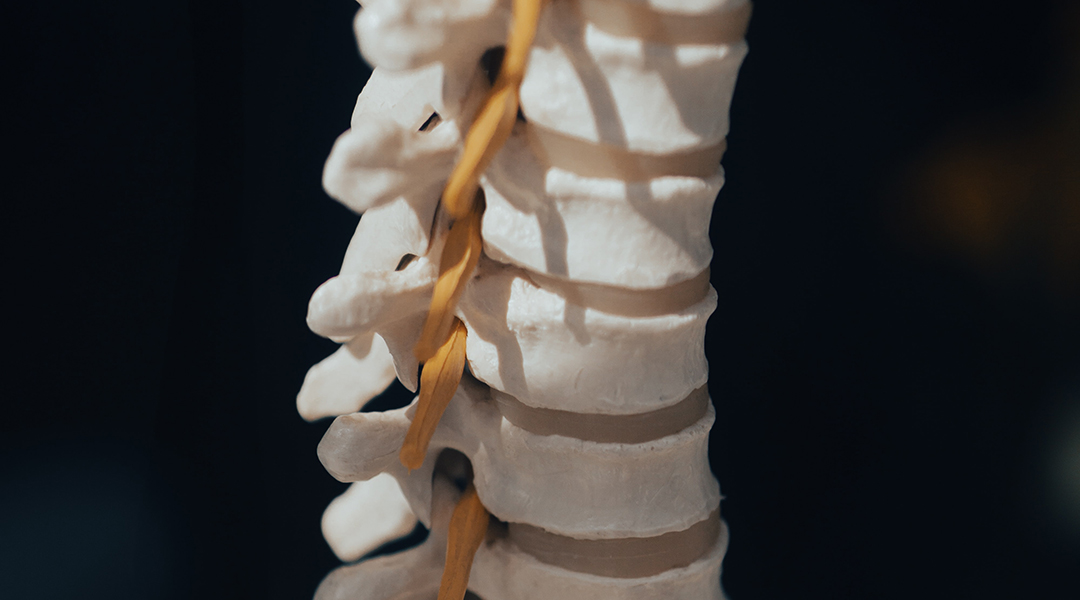


In patients with spinal cord injury, an implanted neurotransmitter restored their ability to walk, but underlying reasons were unexpected.

To bring down the cost of a conventional reaction, researchers are turning to green chemistry and wine to provide the right conditions.

A lot is riding on COP27, and while many are feeling the pull of cynicism, there are still many reasons to remain optimistic.
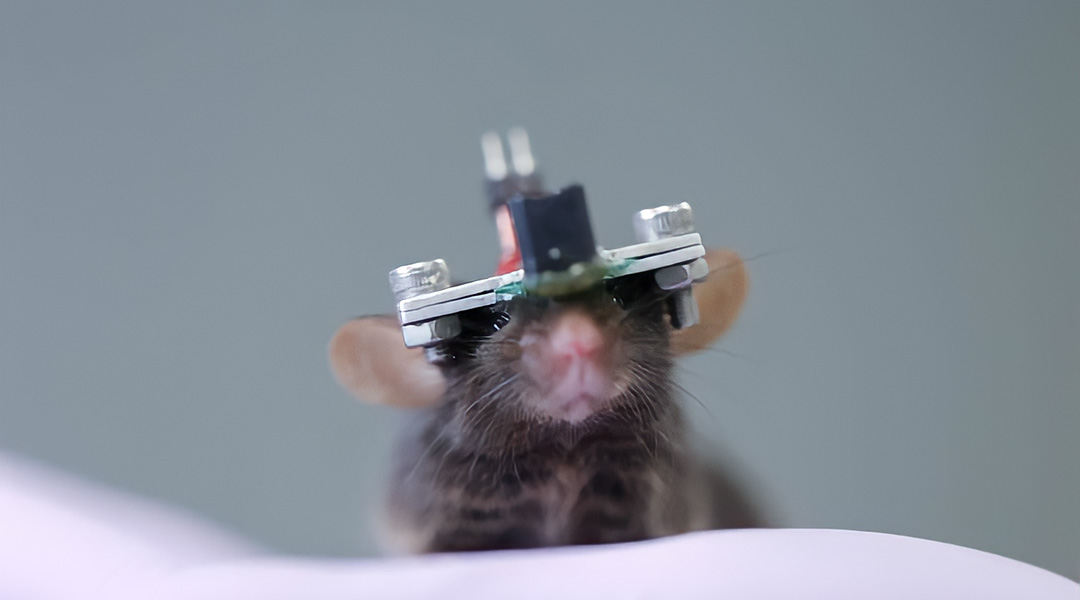
Ultrasound therapy, which stimulates neural pathways, just became easier to evaluate, opening the door for better clinical data.
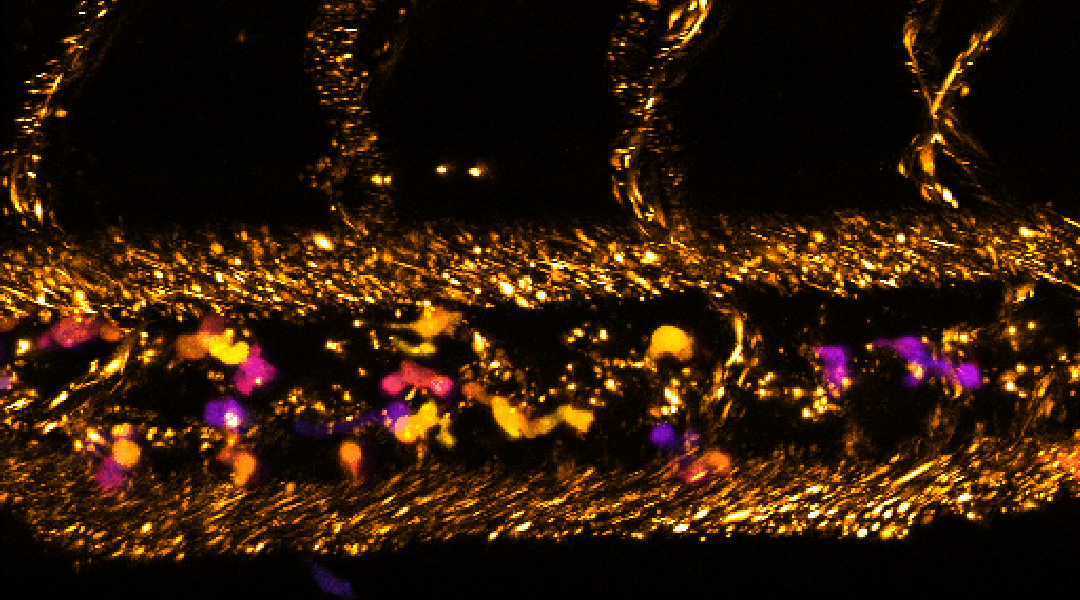
A new way of reprogramming the body’s immune cells to seek out and eliminate cancer cells, acting as an internal cancer therapy.
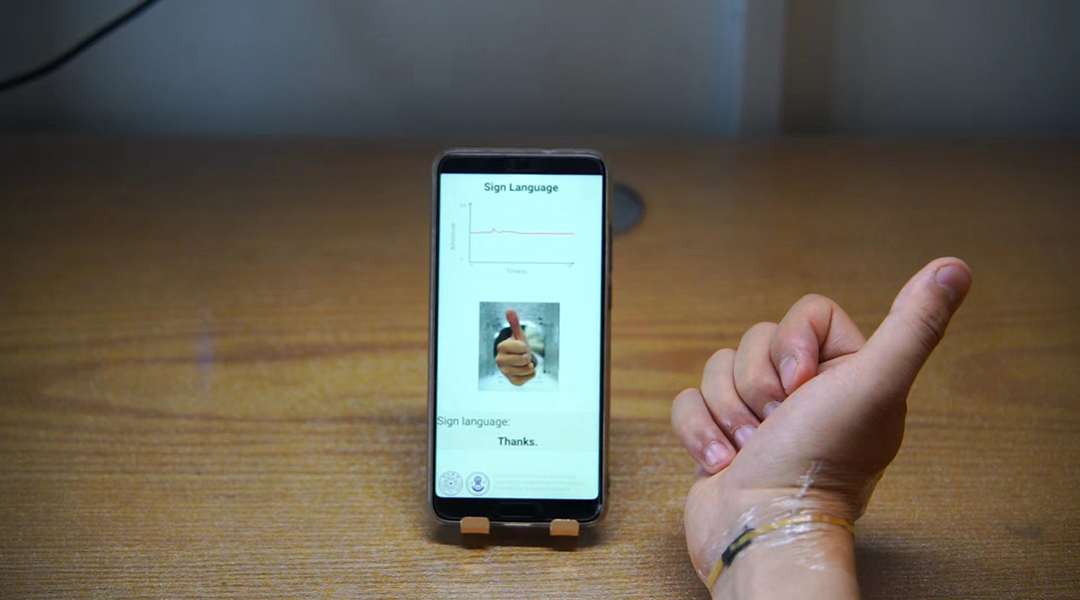
With the help of machine learning, a skin-like sensor internalizes different stimuli, allowing it to read and interpret hand movement.
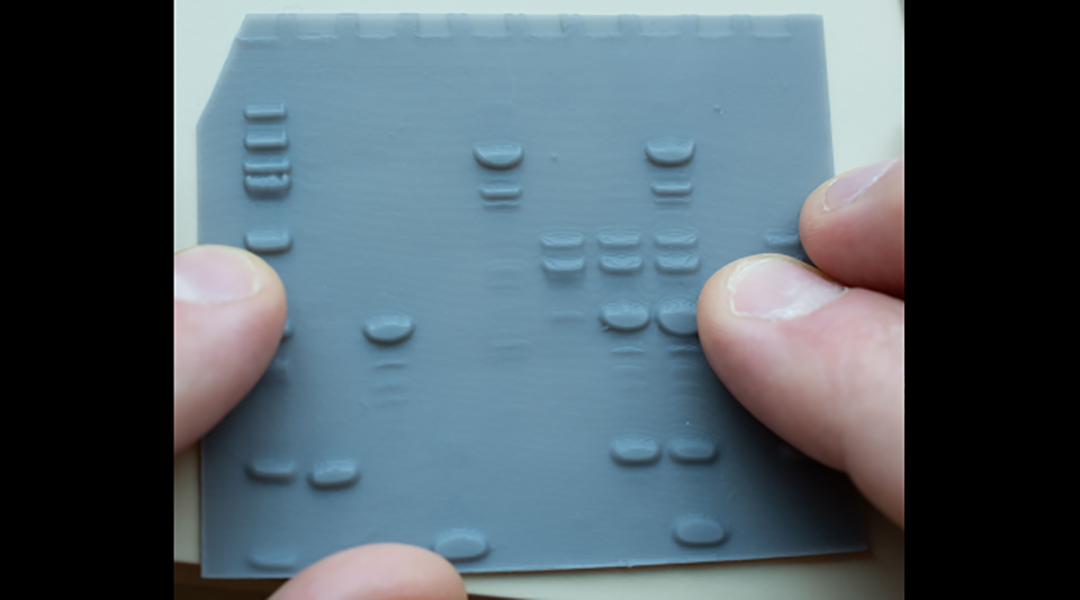
3D-printed lithophanes are helping to democratize science by making data more shareable between sighted and blind scientists.
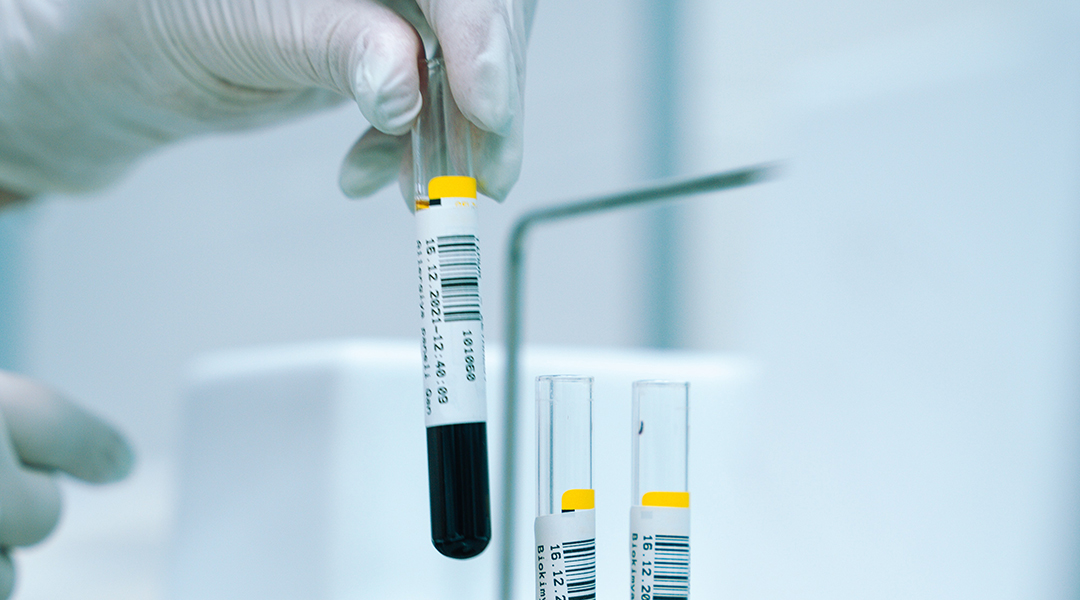
With more research, there is a potential for vaccines to have both adaptive and trained immunity to fight different diseases.

Researchers refute a hypothesis that the human brain shrank 3,000 years ago as a result of the transition to living in modern societies.
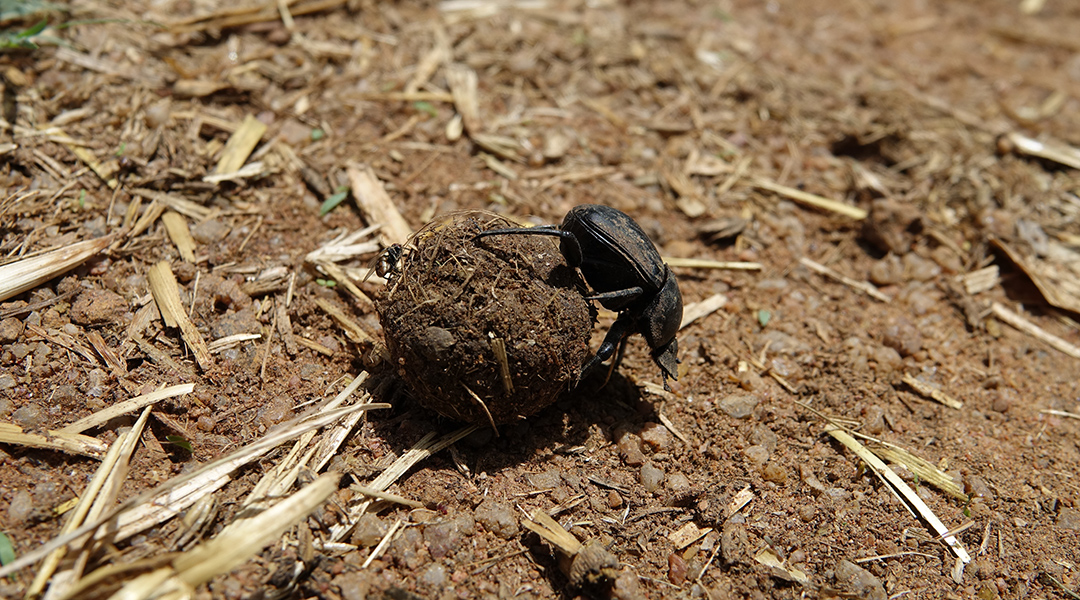
A numerical model helps scientists understand how particularities of different terrains affect the trajectory and behavior of dung beetles.